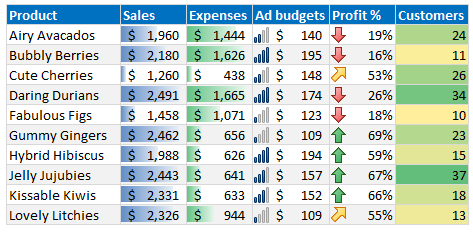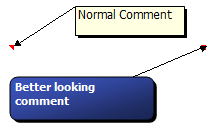Ever seen a glaring, over the top, wow-I-am-sooo-cool type of spreadsheet? Lets call them Gangnam spreadsheets!
Gangnam what?!?
If you have never heard about Gangnam style, do not worry. Just like you I too was living under a rock for about a week ago. Then I watched the awesome Gangnam style song. And now I am hooked. You can see it below (or here):
My Korean is just as good as my tap dancing – lousy and non-existent. But I can search. As per wikipedia, the song refers to
“Gangnam Style” is a Korean neologism that refers to a lifestyle associated with the Gangnam district of Seoul, where people are trendy, hip and exude a certain supposed “class”. … Psy likened the Gangnam District to Beverly Hills, California, and said in an interview that he intended a twisted sense of humor by claiming himself to be “Gangnam Style” when everything about the song, dance, looks, and the music video is far from being such a high class. In another interview with CNN, Psy added that:
“People who are actually from Gangnam never proclaim that they are — it’s only the posers and wannabes that put on these airs and say that they are “Gangnam Style” — so this song is actually poking fun at those kinds of people who are trying so hard to be something that they’re not.”
[more]
What has all this got to do with Excel?
Oh I am coming to the point. One of the key ingredients of being awesome in Excel is,
To make our Excel workbooks communicate best by avoiding over the top formatting, unnecessary bells & whistles and focusing on what our users want.
But Excel being a feature rich software, it does have various so called Gangnam styles – superfluous 3d effects, formatting options, charting choices and as such.
Today, lets talk Excel formatting – Gangnam style
Some of my favorite Gangnam formatting tips are,
- Using too many tab colors on your excel workbooks [how to do this]

- Overdose of conditional formats

- 3D charting effects [how to do this]

- Comment shapes and formats [how to do this]

- Rotated text

What are your favorite Gangnam formatting tips?
Go ahead and post a Gangnam formatting tip. Lets all make Excel a stylish place. Post using comments.
Bonus: Gangnam style ft. 3 kids & a dad with cam
As you can guess, my kids love the song. So yesterday evening we played the video on TV and they danced. See their awesome steps below (or click here):
PS: Sowmya is my brothers daughter, the other 2 are ours.
PPS: The loud rept(“hehe hahaha”,20) kind of laugh in background is mine!
























One Response to “How to export YouTube video comments to Excel file? – Free template + Power Query case study”
And I asked myself when i saw your Accouncement Video for the Give away: "Seriously, will Chandoo go manualy thru all his Videos and pick the winners?!". Great connection to the give away with this tutorial 🙂 !